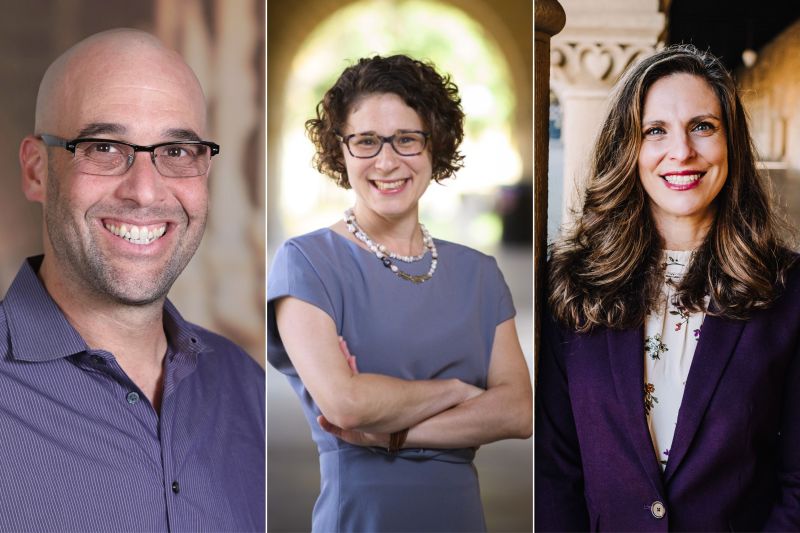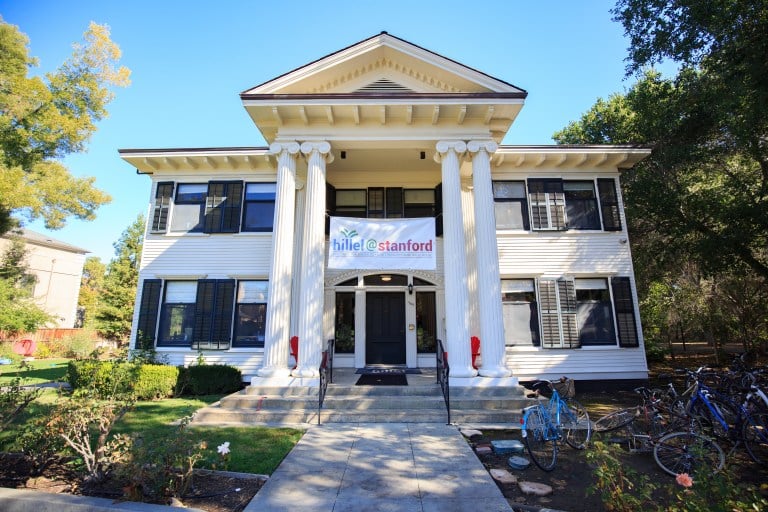A Stanford task force found that former admissions director Rixford Snyder and other members of the administration intentionally limited enrollment of Jewish students during Rixford’s 1950-1970 tenure, according to a report released Wednesday. The University denied for years afterward that this occurred, the report said.
University president Marc Tessier-Lavigne apologized on behalf of Stanford for these actions in a Wednesday email to the community, and he pledged to take steps to “enhance Jewish life on campus.”
“These actions were wrong,” Tessier-Lavigne wrote. “They were damaging. And they were unacknowledged for too long.”
The task force was convened by Tessier-Lavigne shortly after historian Charles Petersen released an investigation entitled “How I Discovered Stanford’s Jewish Quota,” said task force chair Ari Y. Kelman, an associate professor in the Graduate School of Education, at a morning press conference.
Petersen, a history postdoctoral fellow at Cornell, investigated Stanford’s admissions archives and published his findings in August 2021 on Substack. He wrote that he found statistics about the University’s lower proportion of Jewish students and communications between administrators that indicated the University had a quota for Jewish students.
Stanford’s task force reached a similar conclusion, with their work turning up more details on Snyder’s admission policies and practices.
According to the release, a “crucial piece of the review” was the University memo written in 1953 by Fred Glover, an assistant to then-Stanford President Wallace Sterling, which was included in Petersen’s post. The memo stated that Snyder was “concerned that more than one quarter of the applications from men [were] from Jewish boys.”
The report said that in the memo, Glover discussed plans to accept only a few students from Los Angeles high schools with large Jewish populations to prevent a future “flood of Jewish applications.” It was also found that Snyder “ended recruitment efforts” at predominantly Jewish schools, discouraging their students from applying to Stanford.
The task force investigated records from the Office of the Registrar and found a “sharp drop” in the number of students enrolled from these schools: 87 were enrolled between 1949 and 1952, and 14 were enrolled between 1952 and 1955.
“The impact was immediate and striking,” the report said of these numbers.
The report states that much of the University’s administration at the time was aware of Snyder’s antisemitism but denied claims of antisemitic admissions practices as early as December 1954.
“They denied it in the press. They denied it to friends and family of applicants to alumni, to the Board of Trustees, and to the faculty,” Kelman told The Daily.
The task force included a list of recommendations that would address Stanford’s antisemitic history and improve Jewish student life. The release said these actions fall into two categories: “acknowledge and apologize” and “explore, educate and enforce.”
Tessier-Lavigne’s email said the University plans to implement these recommendations, including commissioning an advisory committee that will work to address Jewish student and faculty needs, such as accommodating the Jewish High Holidays in the academic calendar after the Jewish holiday of Rosh Hashanah fell on the first day of classes this fall.
According to Kelman, the release of this report was pre-planned and unrelated to the incident of antisemitic vandalism at EVGR.
Rabbi Laurie Hahn Tapper told The Daily that while Jewish life on campus is “vibrant and wonderful,” as in society at large, members of the Jewish community can still feel marginalized on campus.
“This is the beginning of a conversation,” she said. “You’ll see in the recommendations some really concrete steps that the University can start to make so that Jewish students feel like they can be here and be their full selves.”

This article has been corrected to identify Ari Y. Kelman as a professor in the Graduate School of Education, rather than the Graduate School of Business. The Daily regrets this error.
